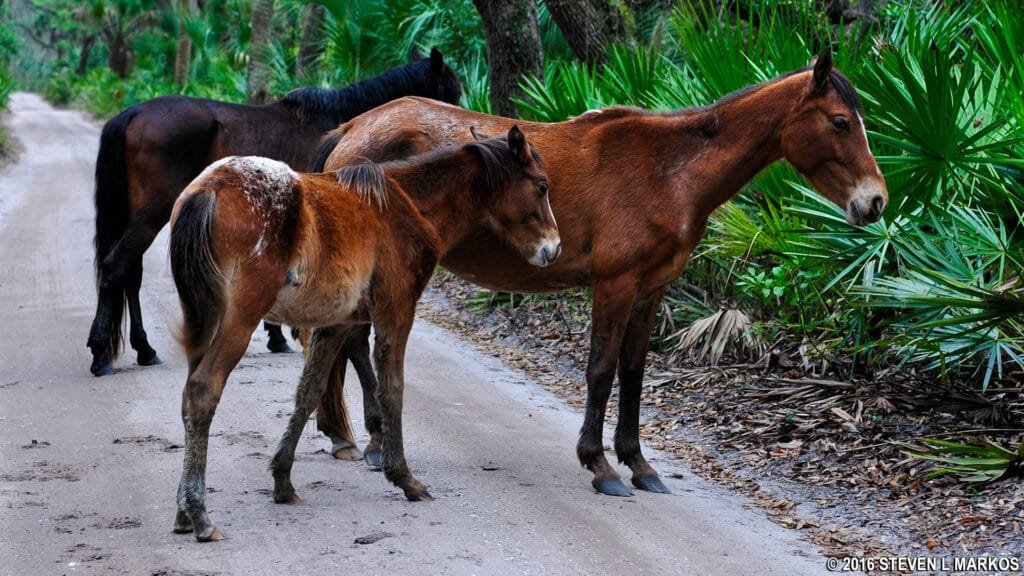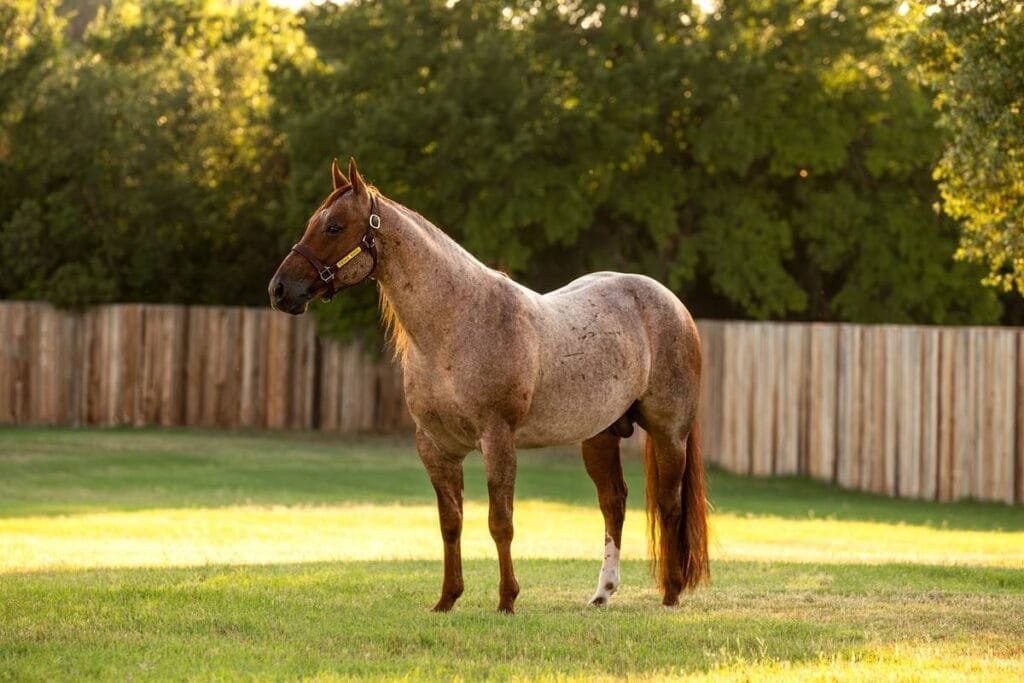Cumberland Island Horses Overview
The Cumberland Island horses are a unique group of wild horses found on Cumberland Island, Georgia, which is part of the Cumberland Island National Seashore. These horses are considered a significant part of the island’s history, culture, and ecology. They are thought to be descendants of horses brought to the island by European settlers as far back as the 16th century. Over time, the horses adapted to the island’s environment, becoming a distinct group with special characteristics that differentiate them from other wild horse populations.
These horses are part of a unique ecological and historical legacy, and they continue to be an important feature of Cumberland Island’s ecosystem. Over the years, various theories have emerged about their origins, and studies have been done to track their genetics, physical features, and behavior.
Historical Origins
The exact origin of the Cumberland Island horses is debated, but they are widely believed to be descendants of horses brought to the island by early Spanish explorers. The Spanish were known to bring livestock, including horses, to the New World in the 1500s, and it’s likely that some of these horses escaped or were left behind on the island. Over the centuries, the horses adapted to their environment and developed unique characteristics.
In the 1700s, the island became the home of wealthy plantation owners who introduced other horse breeds to the area. Over time, the horses interbred, and the wild herd began to form.
Ecological Impact
The Cumberland Island horses play a significant role in the local ecosystem. As grazing animals, they help manage vegetation, prevent overgrowth, and maintain the natural balance of the island’s habitats. Their presence also has an impact on the island’s wildlife and plant species, though there is some controversy over the balance of their population. Conservationists work to ensure that the horses remain healthy and do not damage the environment in unsustainable ways.
Physical Features of Cumberland Island Horses
Cumberland Island horses are known for their rugged beauty and adaptability. They have developed certain physical features that allow them to thrive in the island’s humid, coastal environment. These features have evolved over generations and are part of what makes them distinct from other wild horse populations.
Key Physical Characteristics:
- Size: They are generally small to medium-sized horses, typically standing between 12 to 14 hands high (48 to 56 inches at the shoulder).
- Color: Their coats can vary in color, but the most common colors are bay, chestnut, gray, and black. Some horses have markings such as white socks or blazes on their faces.
- Build: Cumberland Island horses are muscular with sturdy legs and hooves, ideal for traversing the island’s varied terrain, which includes sandy beaches, forests, and marshlands.
- Health: These horses are robust and resilient, thanks to their ability to survive in a relatively harsh environment, where food is sometimes scarce, and the weather can be unpredictable.
Behavior and Adaptation
The Cumberland Island horses are known for their wild, untamed nature. They are not accustomed to human interaction and tend to be wary of people. However, they have been studied for their behavior and survival instincts, which are fascinating.
- Social Structure: Like other wild horse populations, Cumberland Island horses have a herd structure. A typical herd includes a dominant stallion, several mares, and their foals. These herds tend to form strong bonds and have a clear pecking order.
- Diet: Their diet primarily consists of grasses, shrubs, and plants found on the island. During the colder months, they may forage more extensively to find food. They are also known to drink from the island’s freshwater sources, but their ability to survive in the humid coastal climate helps them avoid dehydration.
- Behavioral Traits: Wild horses, including those on Cumberland Island, tend to be more cautious and less aggressive than domesticated horses. Their behavior is shaped by survival instincts, as they need to avoid predators and adapt to their environment.
Conservation Efforts
Over the years, conservationists have worked to protect the Cumberland Island horses and ensure their continued survival. These horses are part of the island’s natural heritage and a significant part of the local ecosystem. Efforts include monitoring the population, managing the herd size to prevent overgrazing, and ensuring the genetic health of the herd.
Challenges to Conservation:
- Habitat Loss and Environmental Changes: Rising sea levels, storm surges, and changes to the island’s ecosystem could affect the horses’ natural habitat.
- Genetic Diversity: Inbreeding can be a concern, and conservation efforts focus on maintaining genetic diversity within the population to avoid health issues that can arise from a limited gene pool.
- Human Interaction: As tourism on Cumberland Island increases, the horses face potential threats from human activity, such as vehicle traffic, noise, and habitat disturbances.
Feature Table:
| Feature | Detail |
|---|---|
| Origin | Descendants of Spanish horses, early European settlers |
| Size | 12–14 hands (48–56 inches at the shoulder) |
| Color | Bay, chestnut, gray, black, with occasional white markings |
| Build | Muscular, sturdy legs and hooves, ideal for island terrain |
| Diet | Grasses, shrubs, plants native to Cumberland Island |
| Social Structure | Herds consisting of dominant stallion, mares, and foals |
| Adaptations | Adapted to harsh coastal environment, resilient to storms and droughts |
| Life Expectancy | Around 20-25 years in the wild, depending on health and environment |
| Behavior | Cautious around humans, rely on herd structure and instincts for survival |
| Conservation Status | Stable but under monitoring due to habitat changes, genetic diversity concerns |
The Cumberland Island horses are a testament to resilience and adaptation. Their history, behavior, and ecological role provide an invaluable insight into the natural world of Cumberland Island. As wild animals, they are protected by national regulations, and their story is a reminder of how human history and natural history often intertwine in the development of the species we see today.




